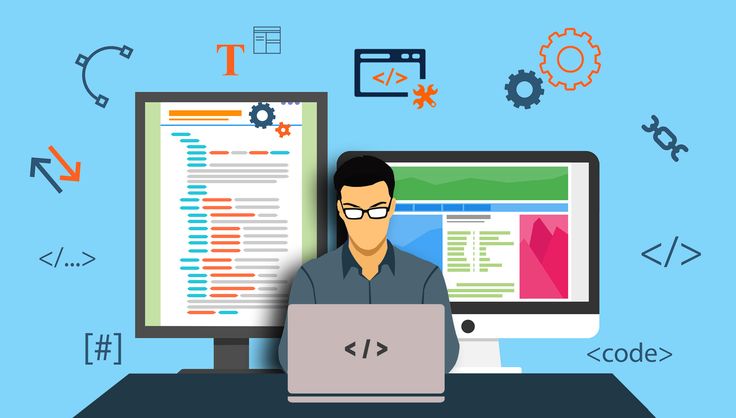Web development is one of the most in-demand and rewarding skills in today’s digital world. From building personal blogs to developing complex web applications, web development powers almost everything you see online. If you’re eager to dive into this exciting field but don’t know where to start, this guide is for you.
What Is Web Development?
Web development refers to the process of creating websites and web applications. It includes everything from designing user interfaces to coding functionalities. Web development is generally categorized into three main areas:
-
Front-End Development: What users see (HTML, CSS, JavaScript)
-
Back-End Development: Server-side logic and database operations
-
Full-Stack Development: A combination of both front-end and back-end
Step-by-Step Guide to Start Learning Web Development
1. Understand the Basics
Start by understanding how the internet works, how websites are served, and the roles of browsers and servers. Once you grasp the basics, you’ll have a stronger foundation for learning the technical parts.
2. Learn HTML, CSS, and JavaScript
These are the core languages of the web:
-
HTML (HyperText Markup Language): Structures content on the web.
-
CSS (Cascading Style Sheets): Styles and layouts HTML elements.
-
JavaScript: Adds interactivity and dynamic features.
There are countless free resources like freeCodeCamp, MDN Web Docs, and YouTube tutorials.
3. Build Simple Projects
Start creating small projects like:
-
A personal portfolio
-
A to-do list
-
A simple landing page
Building helps reinforce what you learn and gives you confidence.
4. Explore Front-End Frameworks
Once you’re comfortable with the basics, explore:
-
Bootstrap (for responsive design)
-
React.js (a popular JavaScript library)
-
Tailwind CSS (a utility-first CSS framework)
These tools can speed up development and help you build more complex apps.
5. Learn Version Control (Git & GitHub)
Git allows you to track code changes, and GitHub helps you collaborate and showcase your work. It’s a must-have skill for every developer.
6. Understand Back-End Development
If you want to go beyond front-end, learn a back-end language such as:
-
Node.js (JavaScript)
-
Python (with Flask or Django)
-
PHP or Ruby
Also, get familiar with:
-
Databases (like MySQL or MongoDB)
-
APIs (to connect front-end and back-end)
-
Authentication and security basics
7. Use Online Courses and Bootcamps
Consider structured learning through platforms like:
-
Coursera
-
Udemy
-
The Odin Project
-
CS50 by Harvard (free)
8. Build a Portfolio
Document all your projects and host them on GitHub or personal websites. Employers love to see real work!
9. Stay Updated and Join the Community
Technology changes fast. Follow web dev blogs, subscribe to newsletters like [JavaScript Weekly], and participate in communities like Stack Overflow, Reddit, or Discord servers.
Final Thoughts
Learning web development is a journey, not a sprint. With consistent practice and curiosity, anyone can master it. Start small, build things often, and don’t be afraid to ask questions or make mistakes. The web is waiting for your creations!

